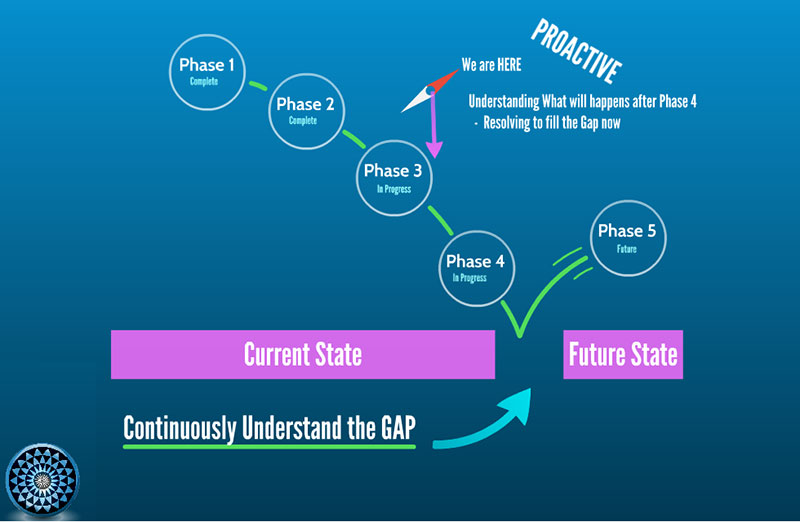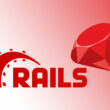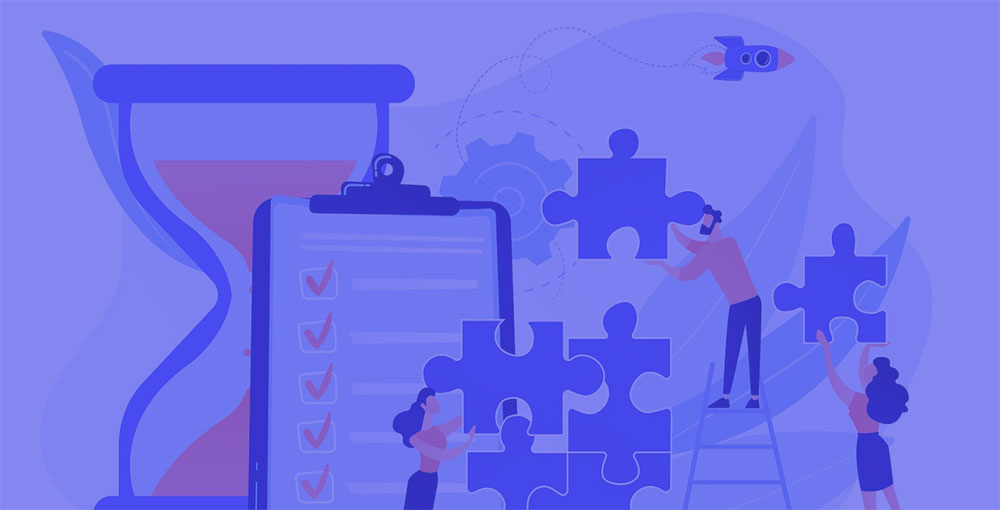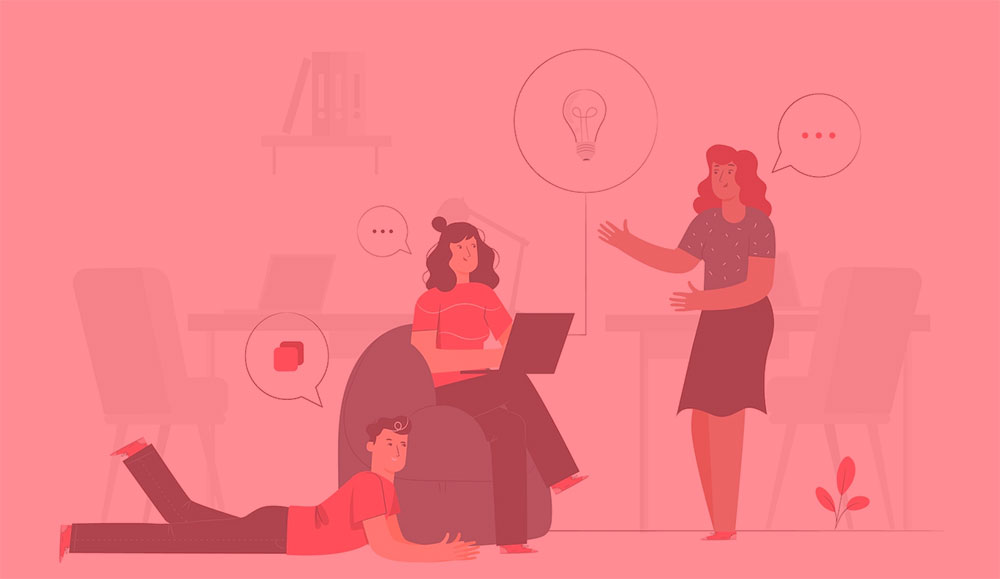Ever find yourself in a game of digital chess, strategizing your next move toward online mastery? Here’s where gap analysis comes into play—an ally in mapping out the uncharted territories between where you are and where you aim to be. Navigating the labyrinth of web design, with its intricate pixels and code, calls for more than just creativity; it requires a blueprint for success.
With a practiced eye, I unravel the threads of existing digital strategies, pinpoint disparities, and forge pathways toward enhancement. Insightful analytics articulate where opportunities lie dormant.
This exploration teaches methods to distill action from insight. Journey through the pragmatic realms of benchmarking, SWOT analysis, and strategic planning. Delve deep into performance measurement, organizational goals, and process optimization. Expect to emerge armed with a comprehensive plan—one that stitches your current state to an aspirational future.
You’re not just reading another article; you’re embarking on a quest toward digital domination. Lean in—let’s do this.
Key takeaways
- Definition and Application: Gap analysis is a process for comparing actual performance against expected performance to identify current strengths and weaknesses, and it plays a crucial role in project management by highlighting areas for improvement and better process creation
- Benefits of Gap Analysis: Conducting a gap analysis helps to uncover inefficiencies and allocate resources more effectively, ensuring that a company has the necessary means to fulfill its mission and improving overall business efficiency
- Versatility Across Business Areas: It is a versatile tool that can be applied in various business scenarios, including assessing why products don’t meet sales expectations, identifying resource shortages, or discovering new market opportunities.
- Strategic Planning: Gap analysis aids in strategic planning by helping to establish a clear understanding of the organization’s current state, setting realistic future goals, and identifying the gaps that need to be bridged to achieve those goals
How can we define gap analysis?
In short terms, gap analysis is a process that a project manager uses to compare actual performance versus expected performance. Any organization is going to profit a lot from this, regardless of if a company is meeting expectations or using its resources in a good way.
Using a gap analysis template means that we understand how a company is doing and what is the current activity. This analysis is usually done when you want to know how the project is progressing. It is vital to do this often, especially when the stakes are large.
Here are some details that will help you understand better what is a gap analysis:
- A method used to explain performance.
- Good to compare present situations with expected ones
- Used to discover strengths and weaknesses
- Can help in creating better processes
- Shows all activities to the stakeholders
Because it can be used by project managers to find issues and communicate them moving forward, knowing what a gap analysis stands for is important. There are different methodologies, tools, and data sources, such as win loss rates, used for gap analysis, though we will be mentioning the most common steps later on.
How can a gap analysis help you?

The main use of gap analysis is to control different aspects of a project with data. This is important because:
- A gap analysis is going to assist you in finding any shortcomings to overcome. It can be easier to quantify or identify them and in the long term, and is going to assist in making improvements.
- Doing a gap analysis will improve the efficiency of your business. It will pinpoint anything unusual that is going on. Once done, you will be able to focus more on your resources and energy on what needs to be changed.
- Using gap analysis tools can also help you have an overview of the entire company or at least particular functions. This helps managers see if the organization has enough resources to meet its mission.
- You can also use gap analysis as a means to compare performance with potential. Knowing details that show how much a certain product or person has gone off down the line is essential.
- Gap analysis process means that you will have more data on how to improve. For example, when it is used in manufacturing it can help manage resources. What we mean by resources is money, material, or human resources.
Gap Analysis Examples

Even though the business world has a lot of areas, from sales, to customer service, and so on, we can still use gap analysis often. Here are some examples that show the range of how companies can use a gap analysis:
- When a company launches a product, it can also do a gap analysis in order to determine why the sales did not work as expected.
- When the productivity of an organization is not meeting expectations a gap analysis can help a lot and find what needs to be changed.
- If a company is low on supplies or resources, it can do a gap analysis often in order to find the reason why.
- A gap analysis can also be used to identify if a product meets the target needed.
- It can also help to find gaps in the market by comparing forecasts.
- Another use can be to check the product portfolio in order to find new sales opportunities. In short terms, this means that a company can discover new products to sell.
- Another thing they can do is to understand why certain products are not selling.
How to perform a gap analysis
Check this gap analysis template and see the four steps that are being described. From now on, you will know exactly what you must do when doing a gap analysis.
Identify current state

The increase in data use helps organizations check how they are performing. Different information coming from a sales department or production house can all be tracked now.
This helps in creating specific data points that a company can use to check their position and performance. Understanding where you are right now helps in creating a more realistic action plan.
You will also be able to check if progress is being made towards the desired state. If you do not know where to start, it is going to be quite difficult to measure progress towards a certain goal.
Identify your future state
As a project manager, you need to find goals that your company is trying to achieve. Setting goals means you will know the exact direction where your company wants to go towards. Start using the gap analysis template given to you and see how it works.
A future goal is probably one of the best things that you can set for an organization. This is because, in order to reach it, a lot of effort needs to be performed. When you are doing a gap analysis for your strategic plan, check all details. A good place to look at are the targets on your plan.
These targets can be from two to five years out. Always ask yourself where you are now compared with them and go back to the data that you collected.
Identify the Gaps
If you know where you are heading and where you started, the space between those two points is the execution part. You can also call it a gap. Dig deeper and determine the details for why the gap happened. Ask yourself questions that are applicable for your business. Try to answer them precisely and do not lie to yourself.
Be specific about it. If your revenue per employee is $50,000 less than the plan you did, why did it happen? Are there any issues in your workflow, with your customers or with the price range?
Identify how you will bridge the gap
After you get a hold on the gaps that exist, your next move should be to analyze the differences. It is important to understand why they are happening and what you can do in order to achieve your goals and objectives.
Decide on what you must change and determine the steps needed for that. Create an end date for when you want the gaps to be resolved. If you do not have an end date for a certain process, it can be overlooked, or completely ignored. Choose a completion date, even if it is far away in the future. The last step is to set the milestone to ensure your success.
FAQs about gap analysis
What Is Gap Analysis?
Gap analysis is the process—through careful scrutiny of performance metrics, KPIs, and desired outcomes—of charting the course from your current position to your end destination, be it in efficiency, revenue, or market position.
How Does One Perform a Gap Analysis?
It starts with a canvas, painted in the hues of your current state. Then, you articulate a vision, the vibrant ‘to-be’ scenario. By employing tools like SWOT analysis and benchmarking, you sketch the gaps—strategically placing dots to connect them into a tangible, actionable roadmap.
Can Gap Analysis Help in Strategic Planning?
Absolutely. Think of gap analysis as the spotlight on a stage, illuminating the paths between where you stand and where the script says you should be. It lays bare the hidden pitfalls and highlights the leaps needed to achieve strategic goals—indispensable for crafting a winning business strategy.
What Are the Types of Gap Analysis?
Diverse as the cast of a grand play—each type tailored to the scene. Common ones include performance, market, product, and manpower gap analyses. Each type scrutinizes different areas, from operational efficiency to market opportunities, ensuring your analysis is as comprehensive as an encyclopedia.
Why Is Gap Analysis Important?
In a game of chess, being several moves ahead is the essence of victory. Gap analysis plays the role of the grandmaster, providing insight into the future by evaluating present strategies. It’s the oracle that forecasts opportunities for growth, efficiency, and competitive advantage—crucial for any business’ evolution.
When Should a Gap Analysis Be Conducted?
Timing is a subtle art. Conduct a gap analysis when the winds change—a new competitive threat looms, market shifts occur, or internal growth targets tighten. It’s a tool best wielded at strategic crossroads or when performance criteria indicate the need for a navigational check.
What Steps Are Included in Gap Analysis?
Four cardinal steps guide the journey. First, delineate ‘where you are’; then crystallize ‘where you want to be.’ Next, discover the ‘gaps’—those elusive chasms. And last, forge an ‘action plan’ robust like a drawbridge to traverse the identified ravines.
How Do I Use Gap Analysis Results?
These results are not mere parchment and ink; they’re the seeds of action. Implement changes through change management, adjust processes, set in motion training, or reallocate resources. It’s about metamorphosis, bridging identified gaps to reach a state of enhanced operational gap.
What Are Common Mistakes in Gap Analysis?
Bypassing thoroughness, underestimating the terrain. Some rush through without a deep dive into process improvement or capabilities assessment, while others neglect follow-through. It’s crucial to accept the spectrum of inputs—from SWOT to competitive advantage—and ensure the output translates to tangible action items.
How Often Should Gap Analysis Be Repeated?
Not one-and-done but periodic, like the cyclical phase of the moon. It should adapt to the beat of your organization’s heart—be it annually, biennially, or as new challenges arise. With the ever-morphing business landscape, it ensures you’re constantly aligned with your future state vision.
Conclusion
As our digital odyssey reaches its crescendo, it’s clear that gap analysis isn’t just a tool—it’s a compass for navigating the complex waters of web design. We’ve charted a course through the benchmarking of our current landscapes, envisioned strategic goals, and emerged with a performance measurement that underscores not just where we stand, but where we aspire to soar.
Tangible change—this is the promised treasure trove. Armed with action plans, and a renewed appreciation for operational efficiency, the once-foggy gap between ‘as-is’ and ‘to-be’ has crystalized into stepping stones, waiting to be traversed.
The quest is ongoing. Commit these learnings to memory, use them to calibrate the sails, and remember:
Success is a journey that thrives on perpetual motion—a relentless pursuit of continuous improvement and the implementation roadmap that you now possess. With that, the digital realm is yours to conquer.
If you enjoyed reading this article on gap analysis, you should check out this one about project management framework.
We also wrote about a few related subjects like Kanban apps, what is a war room, project management books, project management principles, project management goals, project management metrics, IT project manager, project management skills, and project management methodologies.
- What Is a War Room and How to Use it in Project Management - April 23, 2024
- Business model innovation: What it is and why it matters - April 20, 2024
- What Is A Risk Assessment Matrix And How To Use It - April 8, 2024









